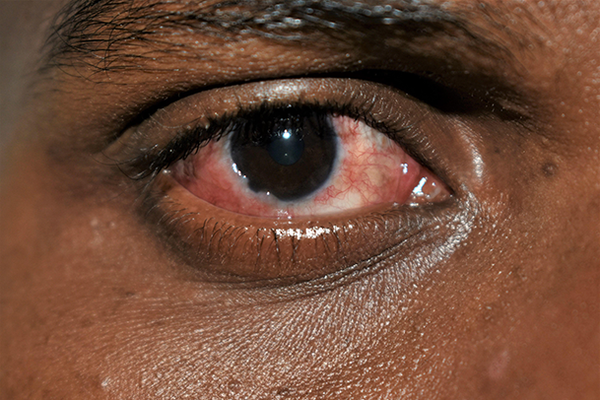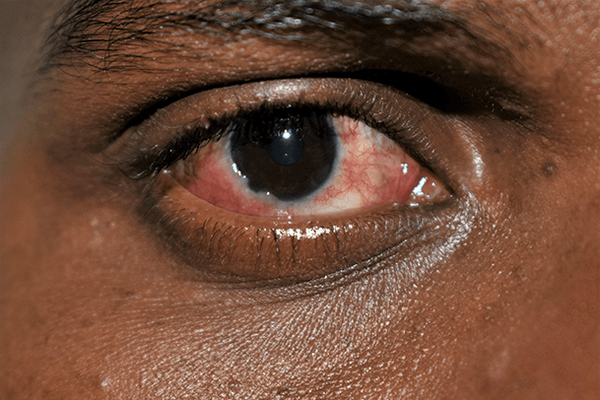Conjunctivitis, commonly known as pink eye or red eye, is an eye condition that can affect anyone, regardless of age or lifestyle. In this comprehensive guide, we’ll delve into the intricacies of conjunctivitis, helping you identify its various types and explore effective treatment options to regain clear and healthy eyesight.
Identifying Conjunctivitis
Recognizing conjunctivitis early is crucial for prompt treatment. The hallmark signs include redness, itching, and a gritty sensation in the eyes. Additionally, you might experience excessive tearing, discharge, and light sensitivity. Conjunctivitis can be caused by viral or bacterial infections, allergies, or irritants like smoke or pollutants.
Types of Conjunctivitis:
- Viral Conjunctivitis: Often associated with the common cold, viral conjunctivitis is highly contagious and may spread easily. It typically resolves on its own but can be alleviated with supportive care.
- Bacterial Conjunctivitis: Caused by bacteria, this type of conjunctivitis can result in significant eye discharge. Antibiotic eye drops or ointments are commonly prescribed to manage bacterial infections.
- Allergic Conjunctivitis: Triggered by allergens like pollen or pet dander, allergic conjunctivitis leads to itching, redness, and tearing. Identifying and avoiding allergens is key, and antihistamine eye drops may provide relief.

Treatment Options
a. Home Remedies: For viral conjunctivitis, applying a cold compress and practicing good hygiene, such as regular handwashing, can help manage symptoms.
b. Medications: Antibiotic eye drops or ointments prescribed by a healthcare professional are effective against bacterial conjunctivitis.
c. Antihistamine Medications: Allergic conjunctivitis responds well to over-the-counter or prescription antihistamine eye drops, providing relief from itching and redness.
d. Artificial Tears: Lubricating eye drops can be beneficial for all types of conjunctivitis, providing relief from dryness and irritation.

Prevention
Practicing good eye hygiene, avoiding touching your eyes with unwashed hands, and promptly addressing underlying allergies or infections can significantly reduce the risk of conjunctivitis.
Conclusion: In conclusion, understanding conjunctivitis, identifying its various types, and exploring suitable treatment options are crucial for maintaining optimal eye health. If you suspect you have conjunctivitis, it’s essential to consult with an eye care professional for an accurate diagnosis and personalized treatment plan. Remember, early intervention is key to a speedy recovery and preventing the spread of this common eye condition which is why we are offering free consultations for anyone experiencing symptoms of red eye or conjunctivitis.
Call on 0742000498 for any inquiries you may have.

